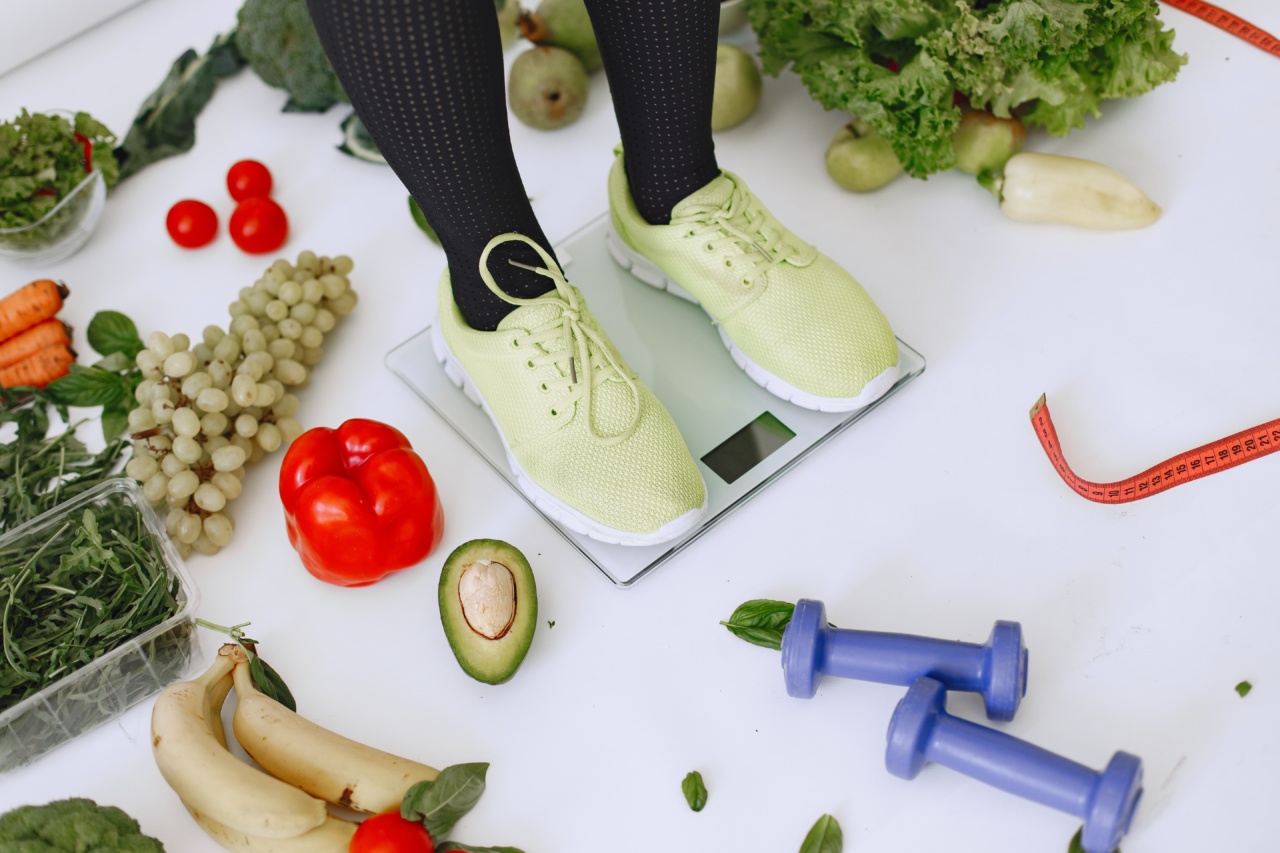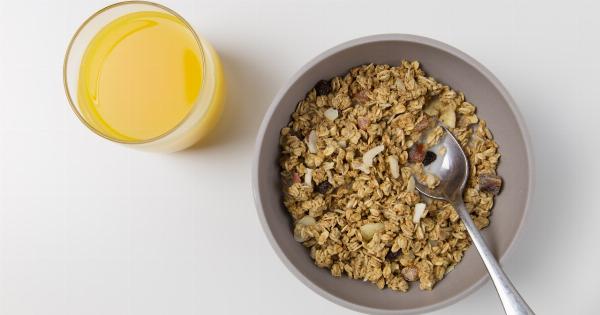If you’re looking to jumpstart your weight loss journey, a diet overhaul is a great place to start. However, with so many diets and weight loss plans on the market, choosing the right one can be overwhelming.
That’s why we’ve put together an 11-day diet plan that’s designed to kickstart your weight loss and help you achieve your goals!.
What is the 11-Day Diet?
The 11-day diet is a popular weight loss plan that’s designed to help you lose up to nine pounds in just 11 days.
The plan is based on the concept of “diet confusion” which involves changing your daily calorie intake and the types of food you eat every few days.
The idea behind diet confusion is that it prevents your body from getting too comfortable with any one type of diet or eating pattern.
By constantly changing things up, your metabolism stays high and your body keeps burning fat, leading to consistent weight loss over time.
How does the 11-Day Diet work?
The 11-day diet is broken down into three phases – each lasting three to four days – followed by a “cheat day” on the eleventh day.
The phases are designed to steadily increase your calorie intake, making it easier to stick with the plan over the full 11 days.
Phase 1: Protein and Veggies
The first phase is all about lean protein and non-starchy vegetables. This phase is designed to kickstart your metabolism and help your body burn fat for fuel. Your daily calorie intake during phase one will be around 1,100 calories.
Examples of lean protein sources include chicken breast, turkey breast, fish, tofu, and egg whites. Examples of non-starchy vegetables include broccoli, spinach, cauliflower, asparagus, and green beans.
You can also have two servings of low-sugar fruit per day.
Phase 2: Fat and Fiber
The second phase adds a bit more variety to your diet by incorporating healthy fats and high-fiber foods. Your daily calorie intake during phase two will be around 1,200 calories.
Examples of healthy fats include avocado, nuts, seeds, olive oil, and coconut oil. High-fiber foods to include are brown rice, quinoa, and whole-grain bread. You should also continue to include lean protein and non-starchy vegetables in your diet.
Phase 3: Balance
The third and final phase is designed to help stabilize your weight loss and prepare your body for the “cheat day” to come. During this phase, your daily calorie intake will be around 1,300 calories.
It’s important to continue including lean protein, non-starchy vegetables, healthy fats, and high-fiber foods in your diet during this phase.
Cheat Day
The eleventh day is your “cheat day” where you can have a break from the diet and enjoy some of your favorite foods. However, it’s important not to go overboard and completely undo all of your hard work.
Stick to reasonable portions and try to choose healthier options when possible.
Sample Meal Plan
Here is a sample meal plan for one day during the 11-day diet:.
- Breakfast: 2 egg whites, 1 cup of spinach, 1/2 avocado
- Morning snack: 1/2 cup of blueberries, 1/4 cup of almonds
- Lunch: 4 oz. of grilled chicken breast, 1 cup of mixed non-starchy vegetables (broccoli, cauliflower, green beans), 1/2 cup of brown rice
- Afternoon snack: 1 apple, 2 Tbsp. of almond butter
- Dinner: 4 oz. of grilled fish (such as salmon or tilapia), 1 cup of mixed non-starchy vegetables (asparagus, spinach, cauliflower), 1/2 cup of quinoa
- Optional evening snack: 1/2 cup of Greek yogurt, 1/2 cup of mixed berries
Exercise Recommendations
While the 11-day diet is designed to help you lose weight even without exercise, adding physical activity to your daily routine can enhance your weight loss and overall health even more.
Try to aim for at least 30 minutes of moderate-intensity exercise each day, such as brisk walking, cycling, or swimming.
Strength training exercises like lifting weights or doing bodyweight exercises can also help to build muscle, which boosts your metabolism and helps you burn more calories throughout the day.
Final Thoughts
The 11-day diet is a great way to jumpstart your weight loss and get on the right track towards achieving your health goals.
However, it’s important to remember that this is just a short-term plan and should not be used as a long-term or permanent solution. Consulting with a healthcare professional or registered dietitian can also help you determine what approach is best for your individual needs and goals.





























